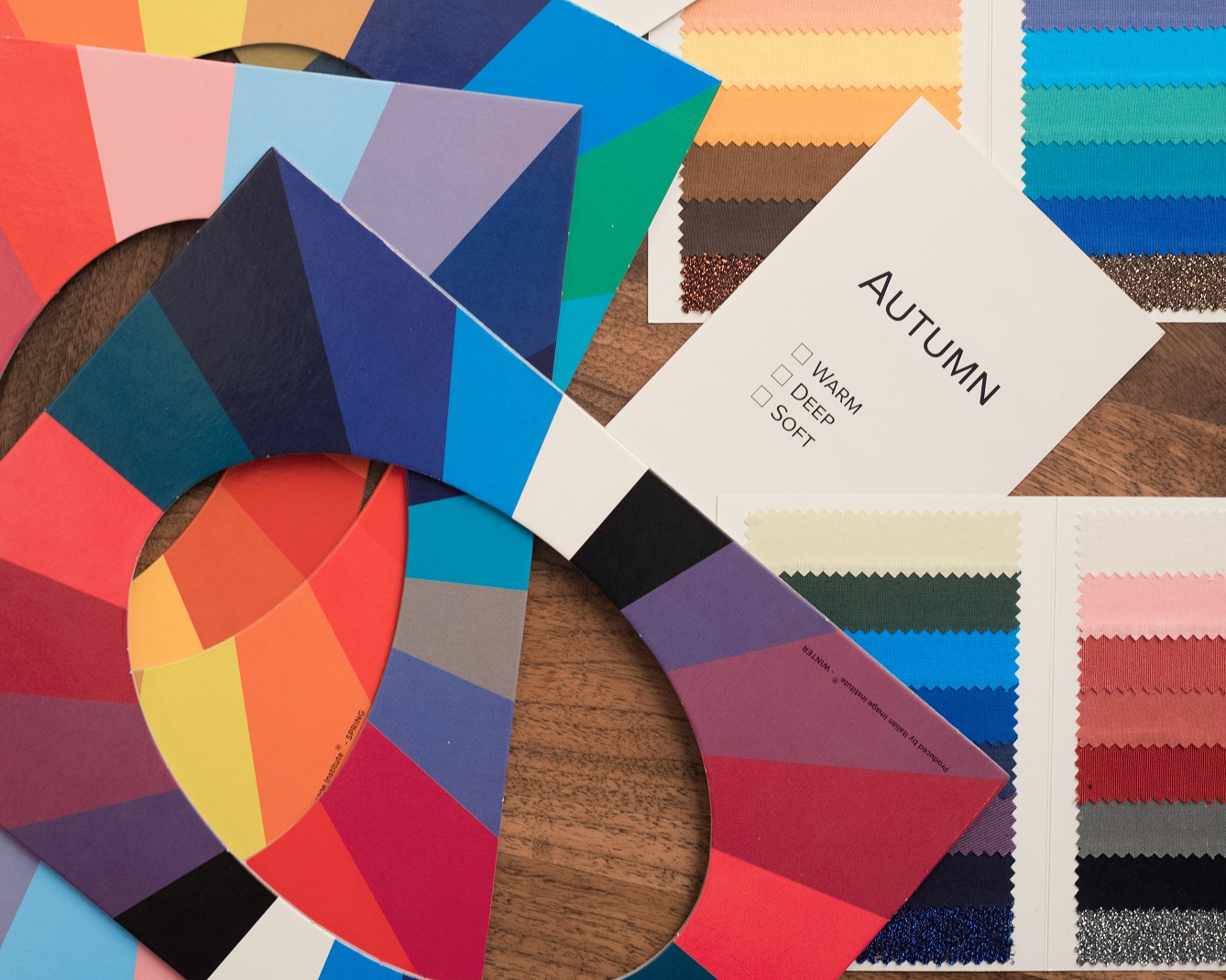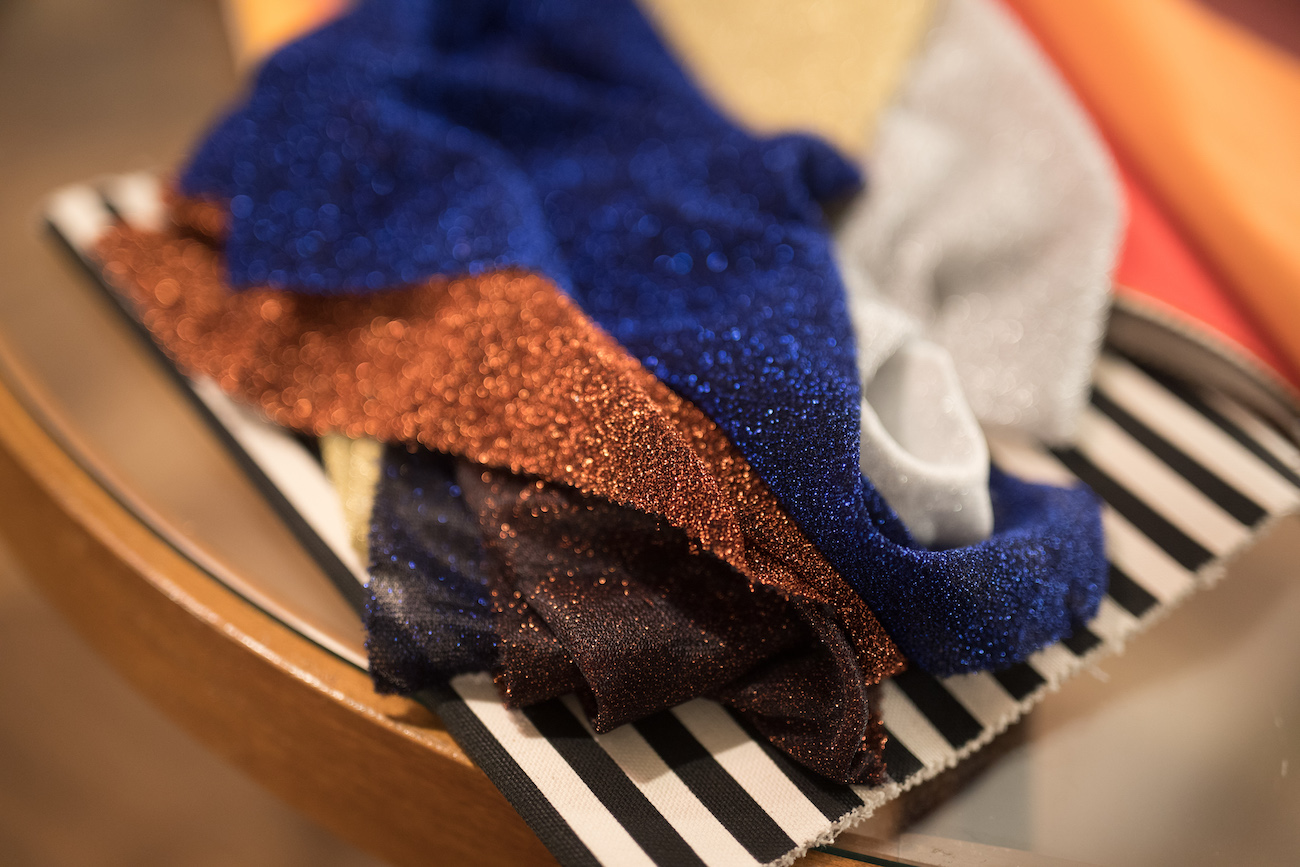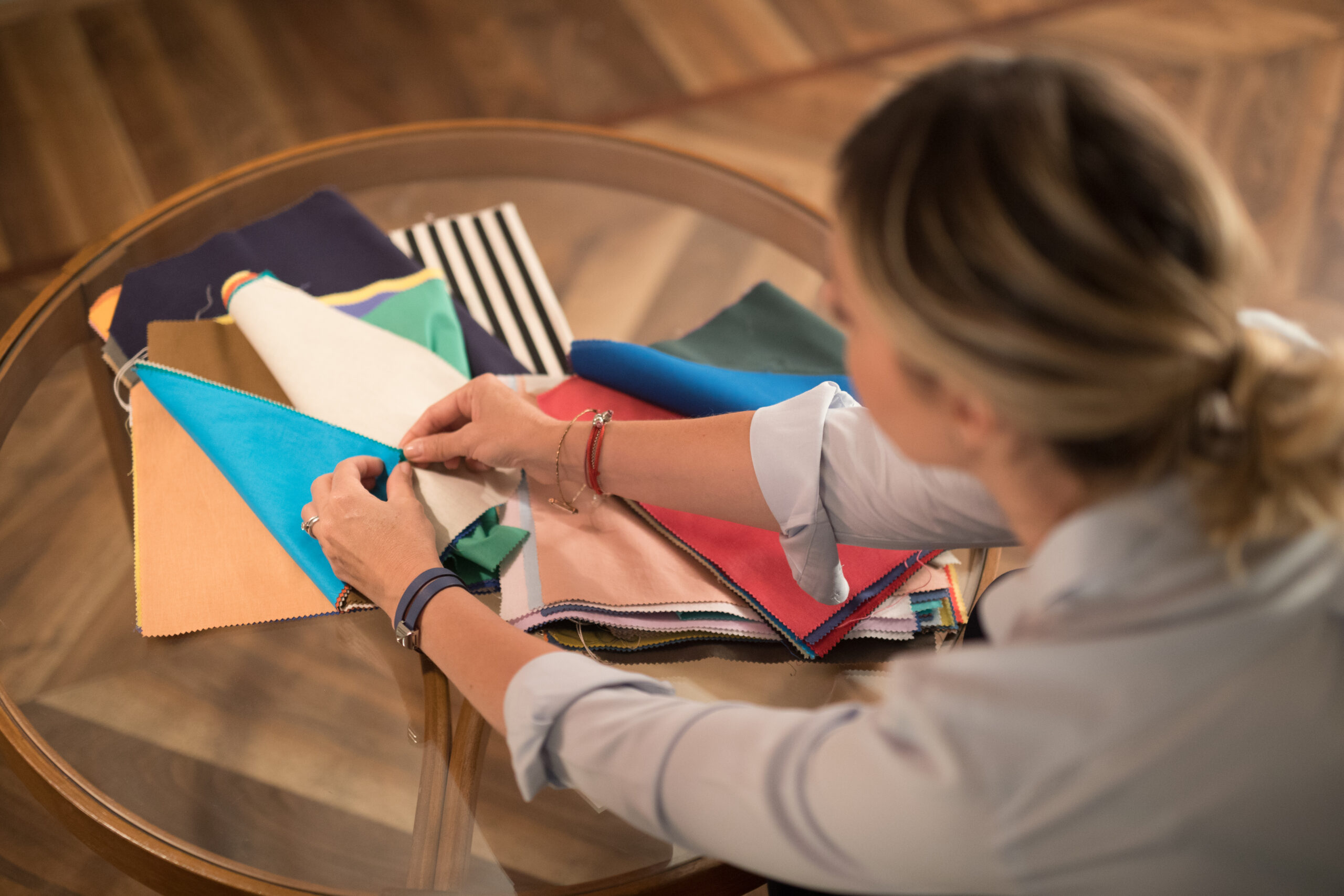Now very popular thanks to the Italian Image Institute and Rossella Migliaccio, colour analysis, more commonly known as armocromia, is an in-depth study of a person’s chromatic characteristics through an empirical method made up of experience, coloured drapes, palettes and lots of fun!
THE BASICS OF ARMOCROMIA
Where do we have to start in order to understand colour analysis properly?
Certainly from some basic concepts that are often not very clear to those who approach this world for the first time.
When analysing a person we take into account three characteristics:
- Skin colour and its undertone.
- The colour of the eyes and its undertones.
- The colour of the ‘natural’ hair.
It is then necessary to be without make-up or tan as it is essential to have a true and accurate view of the whole ‘skin, hair and eyes’.
And if the hair is coloured?
No problem! In front of a mirror and strictly illuminated by natural light, we concentrate on skin and eyes. The hair, in any case, will be covered since it is the skin that ‘rules’.
The natural colour of the hair will possibly help us if we are undecided on certain features, except for those with natural red hair, which always has warm undertones.

THE SEASONS OF ARMOCROMIA AND ITS SUBGROUPS
An Armocromia consultancy aims to define friendly colours that enhance our style and can make us feel better when we wear clothes, make-up, accessories and more!
The colours in our palette also help us to look brighter and have more relaxed facial features, a real natural facelift!
We therefore use the four seasons to group colours that have certain characteristics:
- Winter = Cold, bright and intense colours
- Spring = Warm, bright and intense colours
- Summer = Cool, soft, delicate and dusty colours
- Autumn = Warm, soft and slightly more dusty colours
Luckily, the combinations of skin, eyes and hair can be truly infinite, which is why we do not limit ourselves to using only the four seasons to define the colour palette.
For each season there are four other subgroups:
WINTER
Bright
Cool
Deep
Absolute
SPRING
Bright
Light
Warm
Absolute
SUMMER
Cool
Light
Soft
Absolute
AUTUMN
Deep
Warm
Soft
Absolute
Click here for an in-depth look at the seasons!
HOW TO DISCOVER OUR OWN SEASON?
In order to analyse colours and discover our own armocromia season, we have colour drapes that define:
- undertone
- value
- contrast
- intensity
Let me delve into them:
UNDERTONE
It can be warm or cold, and we can usually detect this using the various shades of red and possibly metallic gold, bronze, blue or silver.
Generally speaking, the undertone is warm if reds with a high proportion of yellow, gold and bronze are more striking, otherwise it is cold if that effect is triggered by reds with a high proportion of blue, silver and metallic blue.
You can also try to understand this concept through the jewellery you wear: which metal suits you best?

VALUE
Light or dark colours? Simply determine your combination to see whether the value is low or high.
For example:
Blond hair + light eyes and light skin = light value
Beware though, high value does not necessarily mean cool undertone and, vice versa, a low value does not always mean warm undertone.
CONTRAST
To understand contrast, we can take for example a black and white optical print and a beige and brown Prince of Wales print. The former has a high contrast because of the glaring difference of the two colours, the latter has a low contrast because the two colours look very similar.
To understand this also in the combination of skin, hair and eyes the logic is the same:
Dark eyes and hair + light skin = high contrast
Light eyes + light hair and light skin = low contrast
Remember, however, that even the combination of only two of these elements is sufficient to determine the contrast.
During an armocromia consultancy, the contrast is defined through the use of black and white and taupe and beige striped drapes.

INTENSITY
Intensity is the brilliance of the colour and thus determines its saturation. This element helps us to better understand certain sub-groups such as bright or soft.
During an armocromia consultancy, drapes with different shades of green are used to identify the degree of intensity, each season has its own and it is difficult to make a mistake!
Let me now take the blue colour as an example, depending on the intensity it can be navy or light blue.
Depending on the characteristics of a person, we can instead evaluate eyes or hair:
Bright eyes, particularly bright skin, naturally very white teeth = high intensity
Be careful, however: always remember that a single characteristic does not allow us to identify our own season.
This is why a consultancy with a professional will certainly clear up any doubts. Write to me to find out more!
Linda






Leave a Reply